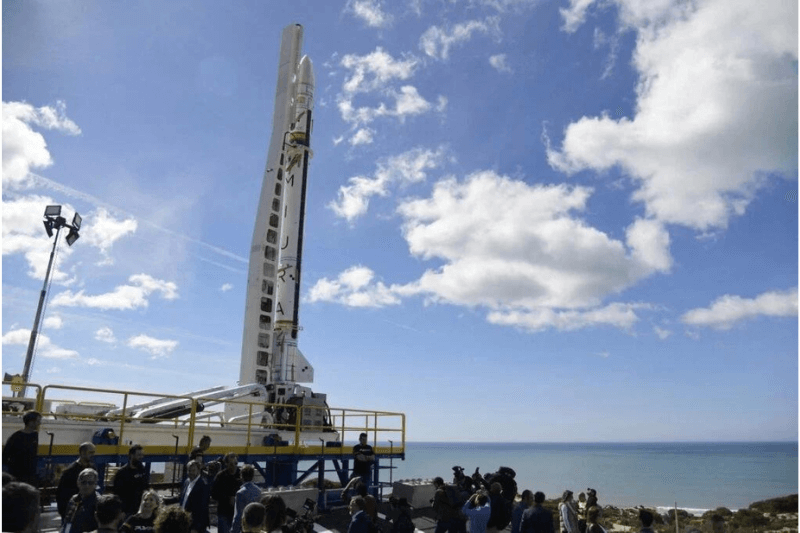
PLD Space’s Reusable Rocket Launch Offers Hope For Europe’s Stalled Space Ambitions
Spanish start-up PLD Space launched its reusable Miura-1 rocket early on Saturday from the El Arenosillo Test Centre at the National Institute of Aerospace Technology in Huelva, carrying out Europe’s first fully private rocket launch and offering hope for its stalled space ambitions.
The company’s test night time launch was scheduled to last 12 minutes and get 80 km above Earth’s surface – the altitude at which space begins, according to the US military and NASA. Mission control video showed engineers cheering as the rocket rose into the night sky.
The Miura-1 is the first European rocket that’s designed to be recoverable. The mission ended with the rocket’s splashdown into the Atlantic Ocean. PLD Space had boats in the area, which aimed to recover the vehicle for inspection. We’ll learn more about the recovery effort soon.
PLD Space’s Miura-1 Rocket Didn’t Get As High As Planned
Named after a breed of fighting bull, the Miura-1 is as tall as a three-storey building and has a 100 kg cargo capacity. It carried a payload on its debut mission. The company is also known to have put photos of its employees on board to mark the milestone moment.
According to a mission webcast, the rocket didn’t get as high as 80 km above Earth’s surface, topping out at about 47 km. But it performed well enough on its debut test flight to have employees at PLD Space celebrating and congratulating one another.
The milestone launch came after two previous attempts were scrubbed. While a first attempt in May was abandoned because of high-altitude winds, the second one in June failed when umbilical cables in the avionics bay did not all release in time, halting the lift off.
Keep Reading
Moscow Halts Access To Soyuz In Response To European Sanctions
Saturday’s test launch from Huelva was the first of two scheduled suborbital missions. However, analysts believe the most critical test would be the development of orbital services on the larger Miura-5, planned for 2024 or 2025, if everything goes well.
Europe has until recently relied on Ariane 5 for heavy missions, Russia’s Soyuz launcher for medium payloads and Italy’s Vega for small ones. But the end of Ariane 5 has left the continent with virtually no autonomous access to space until its successor, Ariane 6, is launched.
Moscow has halted access to Soyuz in response to sanctions. While Ariane 6 is delayed until next year, the upgraded Vega-C has been grounded for technical reasons. According to the European Space Agency, Vega-C would not return to service until the fourth quarter of 2024.




